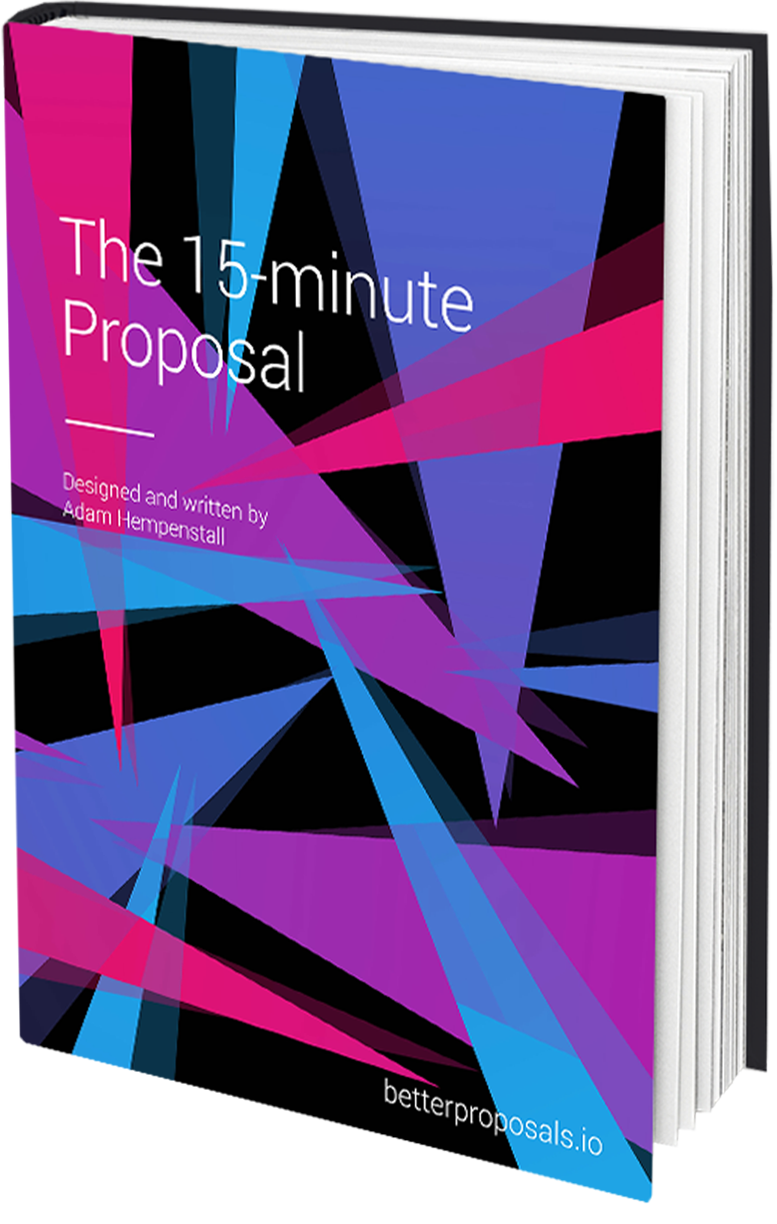What you will learn…
- Why your proposal might be the most important asset your business has
- How to address the fears your clients have that are too scared to ask
- How to get more clients while maximising your price per job
- What is the benefit lens and how does it make your proposals more relatable
- Why you should never ever show examples of your best work
- A little pricing section trick that will drive up your conversion rate
- How we beat a veteran barrister in court using a little known feature of Better Proposals
- The biggest mistake most businesses make when writing new proposals
- How to work out the best time of day to send your next proposal
- How tracking proposal opens won us a £12,000 job two years after being rejected
- How to efficiently follow up without it looking like follow-up
